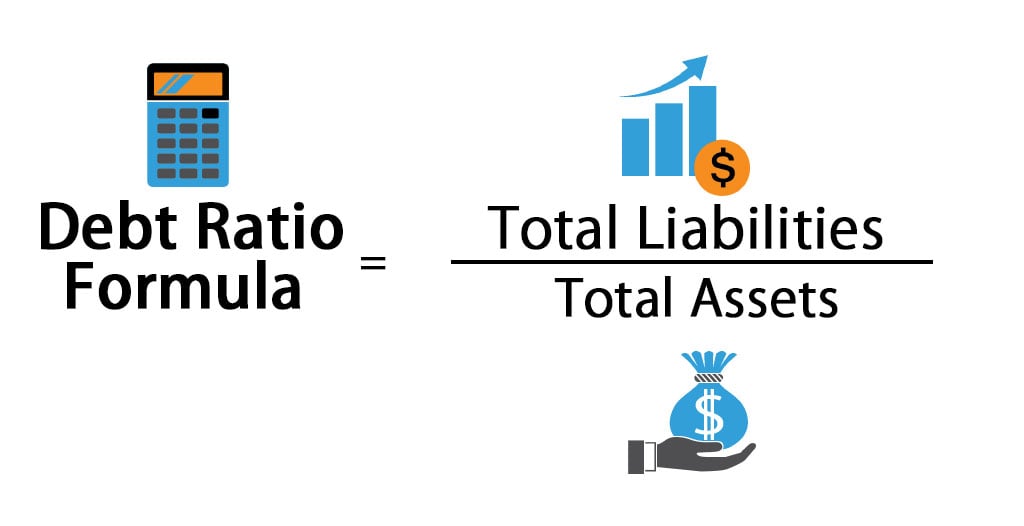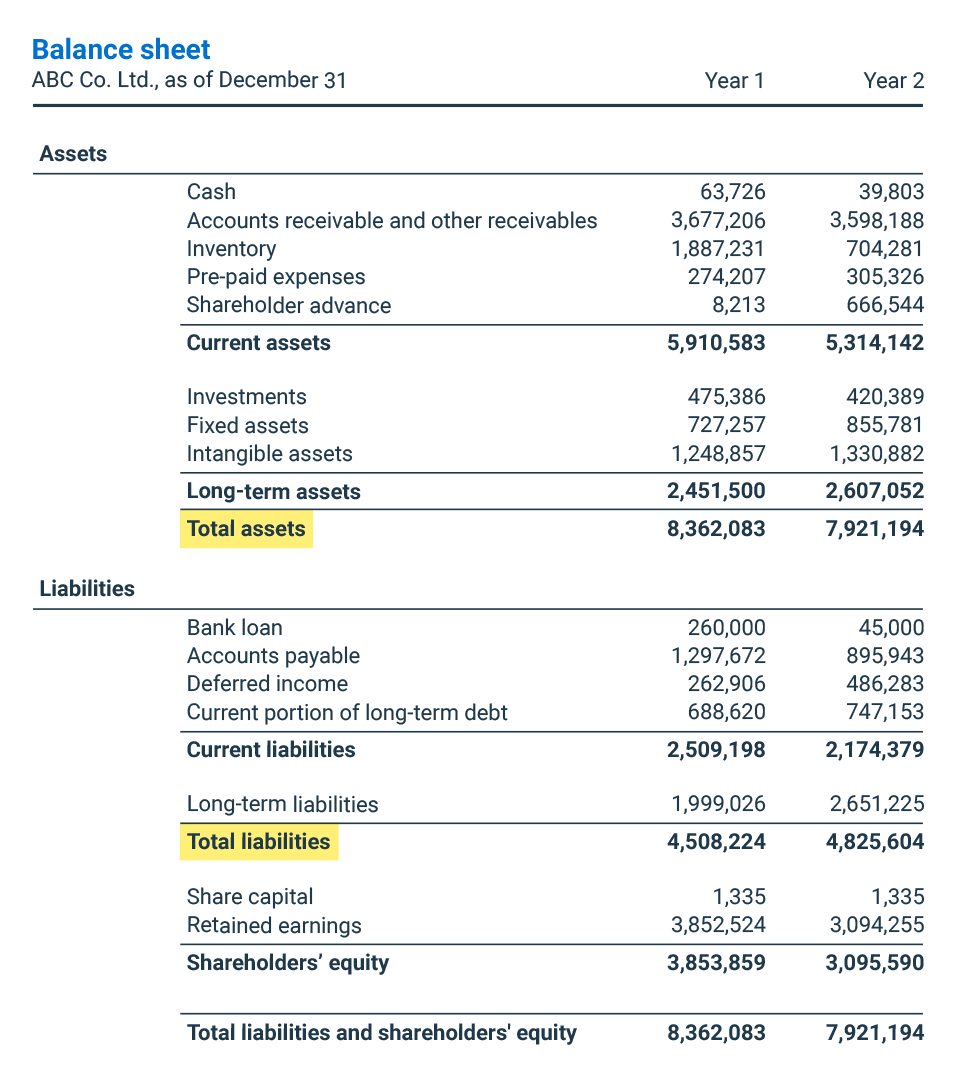This means that when a business calculates its cost of goods sold for a given period, it uses the costs from the oldest inventory assets. FIFO is calculated by adding the cost of the earliest inventory how to calculate working capital turnover ratio items sold. The price of the first 10 items bought as inventory is added together if 10 units of inventory were sold. The cost of these 10 items may differ depending on the valuation method chosen.
FIFO takes into account inflation; if prices went up during your financial year, FIFO assumes you sold the cheaper ones first, which can lead to lower expenses and higher reported profit. FIFO is also an important costing and inventory valuation method used by accountants to determine tax obligations and understand cost of goods sold. In the FIFO method, your cost flow assumptions align with how the business actually operated in a given period.
Use The Right Accounting Software
Provides a more accurate reflection of inventory value over a long period. The stock should be rotated periodically to keep the older inventory in the front storage area and the newer inventory behind it. Companies dealing with products that tend to become obsolete or “go out of style” relatively quickly use FIFO as a standard method. Footwear, textiles, and technology products, like mobile phones and computers, are examples that would come under this category. The FIFO method is used and widely accepted across sectors and industries.
Good inventory management software makes it easy to log new orders, record prices, and calculate FIFO. Accounting software offers plenty of features for organizing your inventory and costs so you can stay on top of your inventory value. Learn more about the difference between FIFO vs LIFO inventory valuation methods.
Balance Sheet Impact and the LIFO Reserve(New Section)
FIFO is the best method to use for accounting for your inventory because it is easy to use and will help your profits look the best if you’re looking to impress investors or potential buyers. It’s also the most widely used method, making the calculations easy to perform with support from automated solutions such as accounting software. To calculate the value of inventory using the FIFO method, calculate the price a business paid for the oldest inventory batch and multiply it by the volume of inventory sold for a given period.
Organize Inventory with Accurate Labeling
However, LIFO inventory management may not be the best choice for managing perishable goods or items with limited shelf life. Although it may provide income tax benefits by reducing profits, it’s not suitable for all situations. Using the LIFO method can significantly influence a company’s balance sheet, particularly in how inventory costs and values are reported.
LIFO vs Average Cost Inventory Method
- This difference can cause confusion between inventory tracking and inventory valuation, since reported costs do not always match actual stock flow.
- Second, every time a sale occurs, we need to assign the cost of units sold in the middle column.
- FIFO can offer numerous benefits to your business, such as enhanced customer satisfaction, reduced costs, reduced wastage, and increased efficiency.
- The first-in first-out (FIFO) method is an inventory management process based on the principle that your oldest inventory items are the first to use or sell.
This lower inventory valuation results in a higher cost of goods sold and, therefore, lower taxable income—offering potential tax savings for the company. Inventory valuation shapes how businesses report profits and manage taxes. The LIFO method—Last In, First Out—assigns the cost of the most recent purchases to the cost of goods sold, often reducing taxable income when prices rise. LIFO is one of several cost flow assumptions used in inventory accounting to determine how inventory costs are allocated and reported.
- For instance, say a candle company buys a batch of 1,000 candles from their supplier at $2 apiece.
- Our intuitive software automates the busywork with powerful tools and features designed to help you simplify your financial management and make informed business decisions.
- With over 40 years of operational expertise, we give our customers trusted solutions, quality service, and flawless fulfillment.
- It represents the difference between the inventory value calculated under the LIFO method and what it would be under other inventory valuation methods, such as the FIFO method.
Unlike the first-out method used in FIFO, LIFO assigns a higher cost inventory to goods sold, often leading to lower reported profits. Yes, FIFO can be used for both perishable and non-perishable inventory. It is particularly effective for perishable goods to prevent spoilage. Still, it also applies to non-perishable items, ensuring efficient inventory turnover and accurate cost calculations.
If you’re in a business managing inventory, the method you choose to value stock influences your operations, cash flow, profit margins, and the reliability of your financial reporting. If your inventory costs don’t really change, choosing a method of inventory valuation won’t seem important. After all, if the first piece of inventory you bought was the same value as the last piece of inventory, there will be no difference in the calculation of your Cost of Goods Sold or ending inventory.
Rather, every unit of inventory is assigned a value that corresponds to the price at which it was purchased from the supplier or manufacturer at a specific point in time. The FIFO valuation method generally enables brands to log higher profits – and subsequently higher net income – because it uses a lower COGS. As mentioned above, inflation usually raises the cost of inventory as time goes on. This means that goods purchased at an earlier time are usually cheaper than those same goods purchased later. Notice that Susan lists the 130 units remaining in her inventory as costing $4 apiece. This is because she presumes that she sold the 80 units that she bought for $3 apiece first.
If you want to change your inventory accounting practices, you must fill out and submit IRS Form 3115. If your inventory costs are increasing over time, using the FIFO method and assuming you’re selling the oldest inventory first will mean counting the cheapest inventory first. This will reduce your Cost of Goods Sold, increasing your net income. You will also have a higher ending inventory value on your balance sheet, increasing your assets. This can benefit early businesses looking to get loans and funding from investors. Specific inventory tracing is an inventory valuation method that tracks the value of every individual piece of inventory.
Here are answers to the most common questions about the FIFO inventory method. sales journal For brands looking to store inventory and fulfill orders within their own warehouses, ShipBob’s warehouse management system (WMS) can provide better visibility and organization. When you send us a lot item, it will not be sold with other non-lot items, or other lots of the same SKU. Additionally, any inventory left over at the end of the financial year does not affect cost of goods sold (COGS).
It represents the difference between the inventory value calculated under the LIFO method and what it would be under other inventory valuation methods, such as cash disbursement journal the FIFO method. This reserve is recorded as a contra-asset account on the balance sheet and is directly linked to the inventory account. LIFO simplifies cost assignment by using the cost of the most recent purchases, but does not track individual item costs. In contrast, specific identification provides detailed inventory accounting but demands strong inventory management software. LIFO reverses this by assigning the latest inventory costs to goods sold, which lowers taxable income when prices increase. FIFO typically shows higher gross profit, while LIFO reduces net income but offers tax advantages in inflationary periods.
By following FIFO, you can prioritize the usage or processing of older items, which can be particularly important in industries dealing with perishable goods or time-sensitive materials. In your context, FIFO is an essential concept used to ensure proper organization and handling of data and items. After that sale, your ending inventory is the remaining eight shirts. To calculate the inventory value, multiply the number of shirts remaining by this value. We recommend consulting a financial expert before making any decisions around inventory valuation. Before you put the games on your shelves, the market predicts they will sell quickly, so you order 50 more.
These best practices will help get a good business cost analysis and enhance customer satisfaction. However, the benefits are twofold if you successfully implement FIFO in accounting and with the physical inventory. You can then achieve an ideal inventory management scenario where you calculate inventory value that matches the natural flow of inventory throughout the supply chain. The technique also uses the oldest available purchasing expenses to calculate the cost of items sold. Consequently, the gross profit margin may reflect a mix of present income and historical costs.


